Tunisia in January 2025: A Journey Through History, Culture, and Sunshine
Related Articles: Tunisia in January 2025: A Journey Through History, Culture, and Sunshine
Introduction
In this auspicious occasion, we are delighted to delve into the intriguing topic related to Tunisia in January 2025: A Journey Through History, Culture, and Sunshine. Let’s weave interesting information and offer fresh perspectives to the readers.
Table of Content
Tunisia in January 2025: A Journey Through History, Culture, and Sunshine

Tunisia, a North African nation nestled along the Mediterranean coast, offers a captivating blend of ancient history, vibrant culture, and stunning natural beauty. While the summer months are renowned for their scorching heat, January presents a unique opportunity to experience Tunisia in a different light. The weather is pleasantly mild, perfect for exploring the country’s diverse landscapes and rich heritage without the summer crowds.
Exploring the Historical Tapestry:
January in Tunisia is ideal for delving into the country’s fascinating past. The ancient city of Carthage, a UNESCO World Heritage Site, offers a glimpse into the Roman Empire’s influence on North Africa. Explore the ruins of its amphitheater, the Punic Ports, and the Tophet, a sacred burial ground.
The medina of Tunis, the capital city, is a labyrinthine maze of narrow streets lined with traditional shops, mosques, and historical buildings. A visit to the Sidi Youssef Mosque, renowned for its intricate tile work, and the Dar Ben Abdallah Museum, showcasing traditional Tunisian architecture, are essential experiences.
Further south, the ancient city of Dougga, another UNESCO World Heritage Site, reveals the architectural prowess of the Roman Empire. Its well-preserved Roman forum, theater, and temples provide a window into the past.
Embracing the Cultural Tapestry:
Beyond history, Tunisia’s cultural tapestry is vibrant and diverse. The country boasts a rich tradition of music, dance, and crafts. January offers a chance to experience these traditions firsthand.
The medina of Tunis is a hub for traditional crafts. Browse through the stalls selling intricate carpets, ceramics, leather goods, and jewelry, each piece reflecting the skill and artistry of local artisans.
Explore the souks, bustling marketplaces where you can sample local delicacies and experience the vibrant atmosphere of daily life. The aroma of spices, the sound of bartering, and the colorful displays of fresh produce create a sensory feast.
Basking in the Natural Tapestry:
Tunisia’s natural beauty is equally captivating. January offers a chance to explore its diverse landscapes, from the golden sands of the Sahara Desert to the lush green oases and the dramatic cliffs of the Mediterranean coast.
The Sahara Desert, a vast expanse of sand dunes, offers breathtaking landscapes. Experience a camel ride across the dunes, witnessing the magical sunrise and sunset over the endless horizon.
The Chott el Jerid, a vast salt lake, presents a surreal landscape of shimmering white salt flats. The unique geological formations and the play of light and shadow create a mesmerizing spectacle.
The coastal region boasts stunning beaches with turquoise waters and golden sands. January offers a respite from the summer crowds, allowing you to relax on the beach, swim in the cool waters, or explore the charming seaside towns.
A Culinary Journey:
Tunisian cuisine is a delightful blend of flavors and aromas. From the aromatic tagines, filled with lamb, vegetables, and spices, to the delectable couscous dishes, each meal is a culinary adventure.
Sample the local specialties like brik, a fried pastry filled with egg and tuna, and msakhen, a traditional dish of chicken, eggs, and spices.
Don’t forget to indulge in the sweet treats, like the baklava, a flaky pastry filled with nuts and honey, or the m’hammar, a delicious almond-based pastry.
FAQs:
Q: What is the weather like in Tunisia in January?
A: January in Tunisia offers pleasantly mild weather, with average temperatures ranging from 10°C to 18°C. The days are sunny and warm, while the evenings can be cool.
Q: What are the best places to visit in Tunisia in January?
A: January is an ideal time to explore Tunisia’s historical sites, including Carthage, Dougga, and the medina of Tunis. You can also enjoy the beaches, the Sahara Desert, and the Chott el Jerid.
Q: What should I pack for a trip to Tunisia in January?
A: Pack comfortable clothing suitable for both warm days and cool evenings. Bring a light jacket or sweater, sunscreen, sunglasses, and comfortable walking shoes.
Q: Is it safe to travel to Tunisia in January?
A: Tunisia is generally a safe country for tourists. However, it’s always advisable to stay informed about current travel advisories and take basic safety precautions.
Tips:
- Book your accommodation in advance, especially if you plan to visit during peak season.
- Learn a few basic Arabic phrases to enhance your interactions with locals.
- Bargain for souvenirs in the souks, but be respectful and avoid being too aggressive.
- Try the local cuisine, but be mindful of any dietary restrictions.
- Respect local customs and traditions.
Conclusion:
January in Tunisia offers a unique opportunity to experience the country’s rich history, vibrant culture, and stunning natural beauty without the summer crowds. From exploring ancient ruins to relaxing on pristine beaches, from savoring delicious cuisine to immersing yourself in local traditions, Tunisia in January promises a memorable and enriching travel experience.

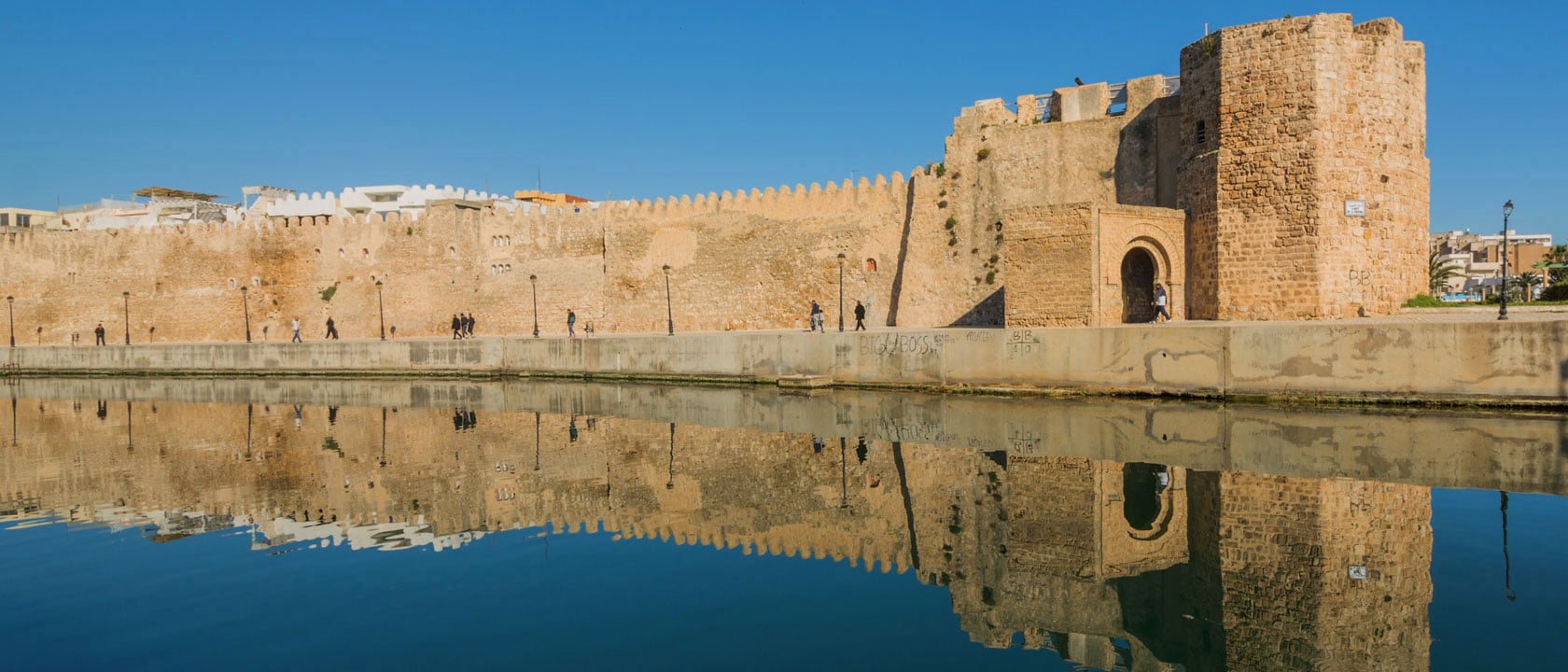

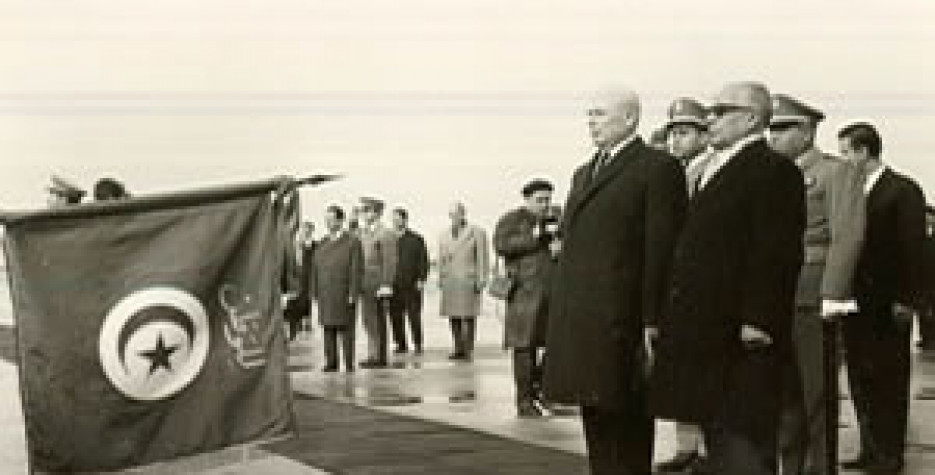

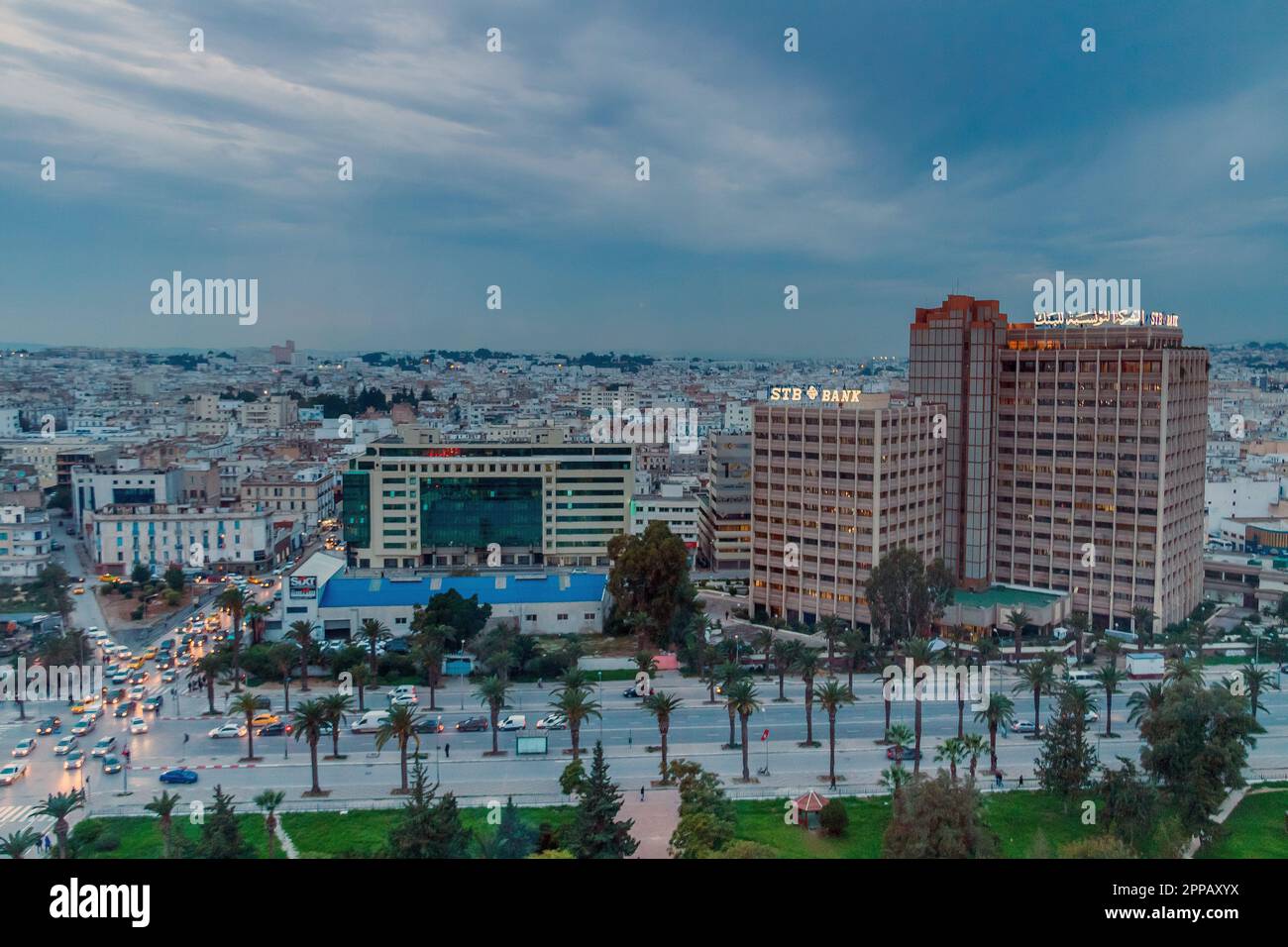
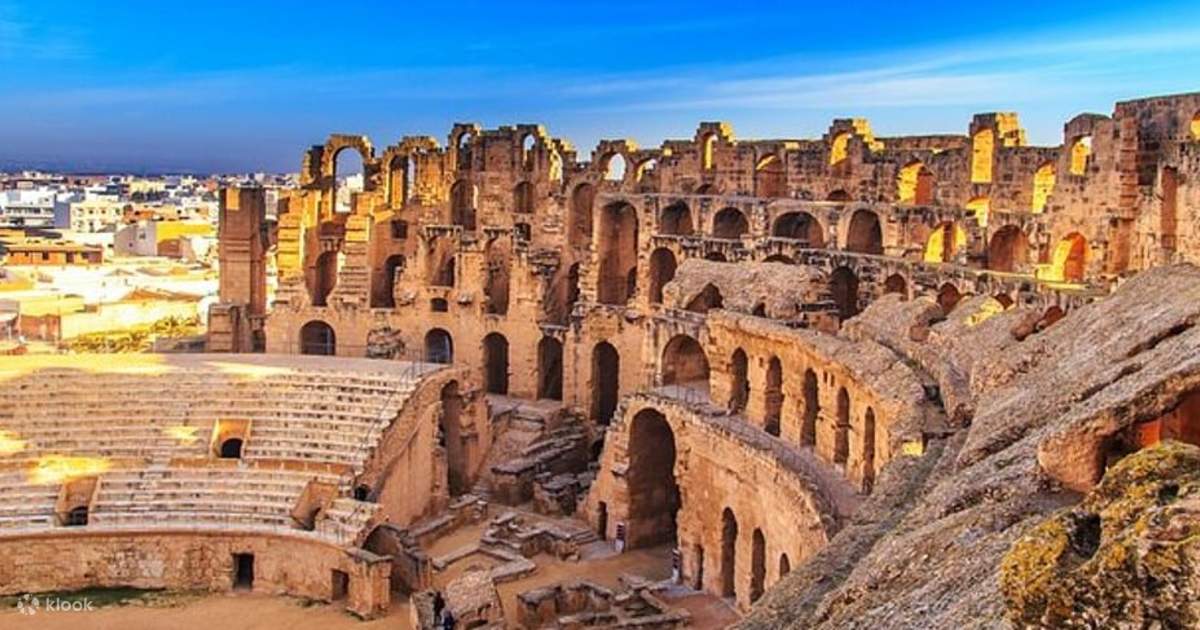
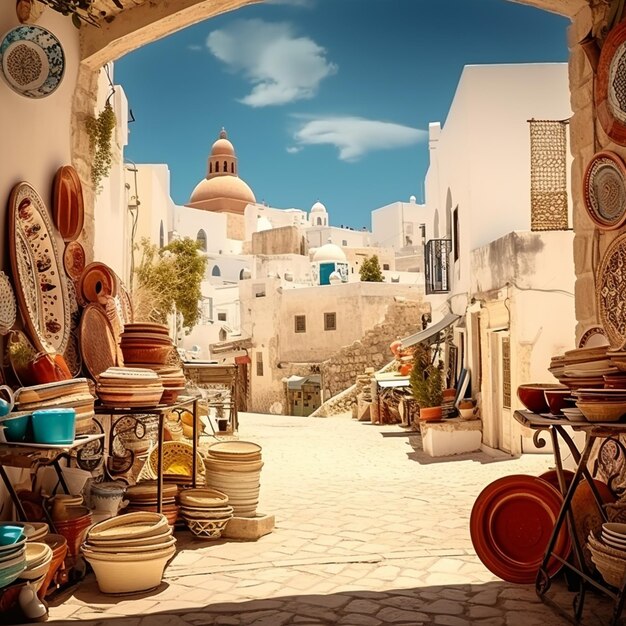
Closure
Thus, we hope this article has provided valuable insights into Tunisia in January 2025: A Journey Through History, Culture, and Sunshine. We thank you for taking the time to read this article. See you in our next article!